Wurttemberg Official 1923 ☀ 50/60pf – Mi.# 165 ☀ MNH**
Württemberg, a former German state, successively existed as a countship, a duchy, a kingdom, and a republic before its partition after World War II. Its territory approximately corresponds to the central and eastern areas of present-day Baden-Württemberg state in Germany. During its final period of separate existence, Württemberg was bordered to the northeast and east by Bavaria, to the southeast by Bavaria and Lake Constance (Bodensee), and to the southwest, west, and northwest by Baden, except where Hohenzollern (Prussian from 1849) was enclave across the southern frontier. The capital was Stuttgart. Apart from the Rhine plain, Württemberg is characterized by its mountainous and hilly terrain, including the Swabian Jura and the Black Forest, and is drained by the Neckar River.
In the earlier Middle Ages, Württemberg was part of the region known as Swabia. The Wirtembergs (Württembergs), a local dynasty of counts established by the late 11th century, began to extend their control over large sections of Swabia from the mid-12th century onwards. By the time Württemberg was elevated to a duchy in 1495, the Estates (representative assembly) had come to play an important role in its government. Duke Ulrich, who became a vassal of the House of Habsburg in 1534, introduced Lutheranism into the duchy and confiscated church lands. His son, Duke Christopher (reigned 1550–1568), established a centralized state church and became a leader of German Protestantism. His judicial and civil reforms, which included recognition of the Estates’ control over finances, endured for two centuries. Duke Frederick (1593–1608) secured the duchy’s release from Habsburg overlordship and was a pillar of the Evangelical Union of Lutheran and Calvinist Princes (1608). Württemberg was devastated in the Thirty Years’ War (1618–1648) and fell prey to French invasions from 1688 until 1693 during the War of the Grand Alliance. Despite these challenges, the country enjoyed progressive governance. Compulsory education was introduced in 1649. Duke Eberhard Louis (reigned 1693–1733) improved the duchy’s defenses and schools, built the celebrated Ludwigsburg Palace, and admitted Waldensian refugees from France, who introduced the textile and other industries into the duchy.
Württemberg was an ally of France from 1802 to 1813 and was rewarded by Napoleon I with large grants of territory, including many Habsburg lands in Swabia, numerous free imperial cities, and ecclesiastical territories. These additions doubled Württemberg’s size by 1810, and the duchy was successively elevated to the status of an electorate (1803) and a kingdom (1806), which it remained after Napoleon’s downfall. Political unrest in Württemberg from 1815 until 1819 resulted in the issuance in 1819 of a constitution by King William I (reigned 1816–1864), establishing a bicameral legislature. Württemberg was a center of liberalism in 19th-century Germany. It joined the Zollverein (Customs Union) with Prussia in 1834, but King Charles (1864–1891) sided with Austria in the Seven Weeks’ War (1866) and was forced to pay an indemnity by the victorious Prussians. Württemberg sided with Prussia in the Franco-German War (1870–1871) and then joined the new German Empire.

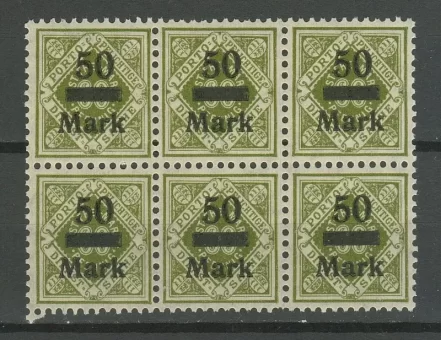
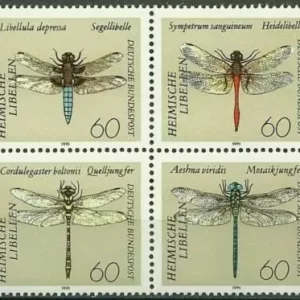
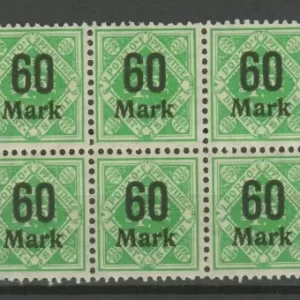
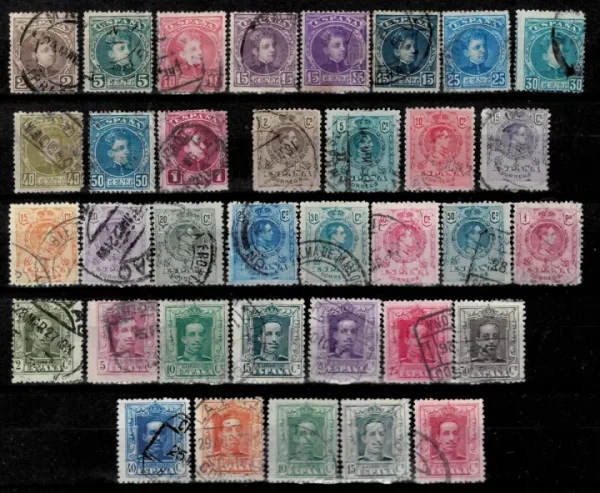
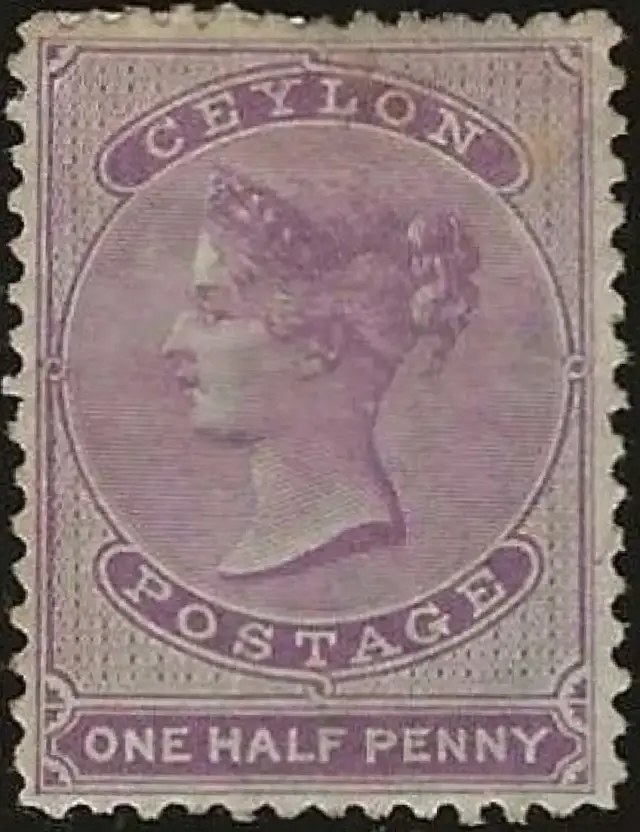
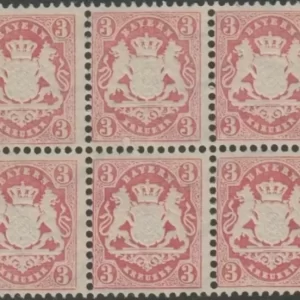

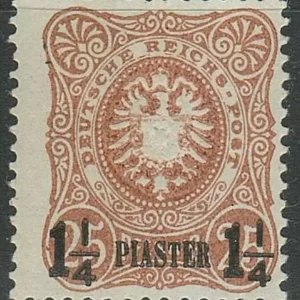
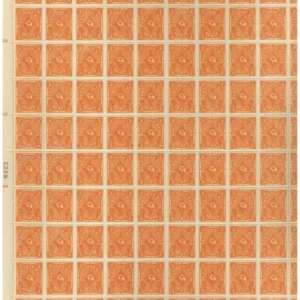



Reviews
There are no reviews yet.